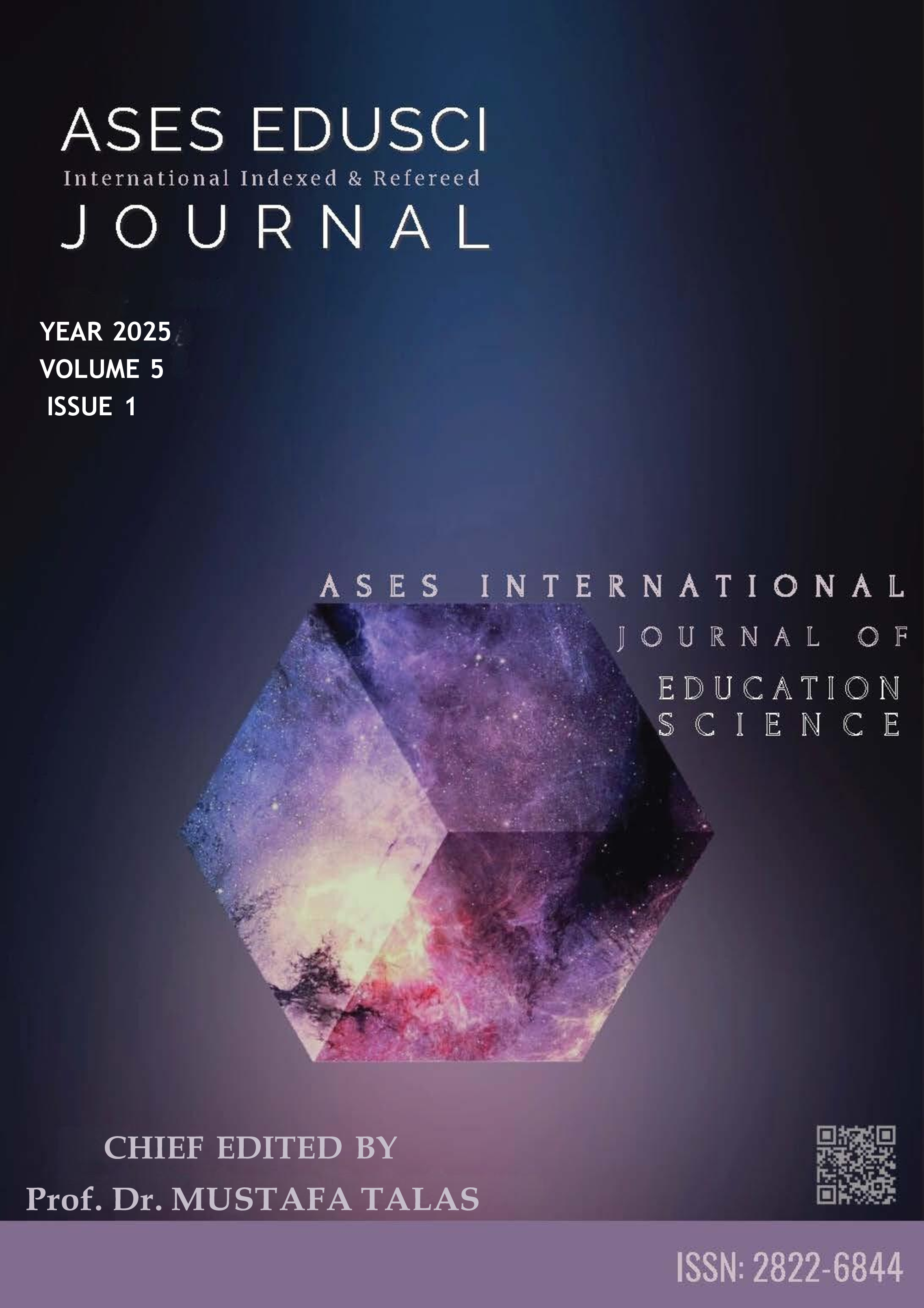Mapping The Landscape of Shared Reading Research in Autism: A Bibliometric Analysis (1991–2025)
DOI:
https://doi.org/10.5281/zenodo.15774386Keywords:
Shared reading, interactive book reading, Autism Spectrum Disorder, bibliometric analysis, early intervention, language development, joint attention, parent-mediated literacy.Abstract
Shared reading is a widely recognized pedagogical approach that promotes language development, literacy skills, and social interaction in early childhood. Its structured and interactive nature makes it particularly relevant for children with Autism Spectrum Disorder (ASD), who often experience challenges in communication, joint attention, and symbolic understanding. Over the past three decades, a growing body of research has explored the implementation and outcomes of shared reading practices for autistic children. However, a comprehensive mapping of this literature has been lacking. This study aims to fill that gap through a bibliometric analysis of 1,273 academic publications related to shared reading and autism published between 1991 and 2025. Data were obtained from the Scopus and Web of Science databases and analyzed using the Bibliometrix package in R. The findings reveal a sharp increase in research output, particularly after 2010, and identify key contributors, collaboration networks, and thematic clusters in the field. Emerging trends include family-mediated interventions, digital reading tools, and the integration of shared reading into early intervention programs. Despite notable progress, the field remains fragmented in terms of interdisciplinary collaboration and cross-cultural representation. The study concludes with recommendations for future research, emphasizing the need for longitudinal designs, culturally responsive practices, and integrative methodologies. By providing a structured overview of the intellectual landscape, this study contributes to the advancement of evidence-based practices that support the developmental and communicative needs of children with ASD through shared reading.
References
Akemoglu, Y., & Tomeny, K. R. (2021). A parent-implemented shared-reading intervention to promote communication skills of preschoolers with autism spectrum disorder. Journal of Autism and Developmental Disorders, 51(8), 2974-2987.
American Psychiatric Association. (2013). Diagnostic and statistical manual of mental disorders (5th ed.). American Psychiatric Publishing.
Aria, M., & Cuccurullo, C. (2017). bibliometrix: An R-tool for comprehensive science mapping analysis. Journal of Informetrics, 11(4), 959–975. https://doi.org/10.1016/j.joi.2017.08.007
Boyle, S. A., McNaughton, D., & Chapin, S. E. (2019). Effects of shared reading on the early language and literacy skills of children with autism spectrum disorders: A systematic review. Focus on Autism and Other Developmental Disabilities, 34(4), 205-214.
Börner, K., Chen, C., & Boyack, K. W. (2003). Visualizing knowledge domains. Annual review of information science and technology, 37(1), 179-255.
Cobo, M. J., López‐Herrera, A. G., Herrera‐Viedma, E., & Herrera, F. (2011). Science mapping software tools: Review, analysis, and cooperative study among tools. Journal of the American Society for information Science and Technology, 62(7), 1382-1402.
Fleury, V. P., & Ford, A. L. (2021). Shared reading extratextual talk with children with autism who have spontaneous speech. The Journal of Special Education, 55(1), 23-33.
Haebig, E., Jiménez, E., Cox, C. R., & Hills, T. T. (2021). Characterizing the early vocabulary profiles of preverbal and minimally verbal children with autism spectrum disorder. Autism, 25(4), 958-970.
Justice, L. M., & Ezell, H. K. (2002). Use of storybook reading to increase print awareness in at-risk children. American Journal of Speech-Language Pathology, 11(1), 17–29. https://doi.org/10.1044/1058-0360(2002/003)
Pianta, R. C., La Paro, K. M., & Hamre, B. K. (2008). Classroom Assessment Scoring System (CLASS) Manual: Pre-K. Paul H. Brookes Publishing Co.
Ricketts, J., Jones, C. R., Happé, F., & Charman, T. (2013). Reading comprehension in autism spectrum disorders: The role of oral language and social functioning. Journal of autism and developmental disorders, 43, 807-816.
Sloat, E. A., Letourneau, N. L., Joschko, J. R., Schryer, E. A., & Colpitts, J. E. (2015). Parent-mediated reading interventions with children up to four years old: a systematic review. Issues in comprehensive pediatric nursing, 38(1), 39-56.
Tager-Flusberg, H., Paul, R., & Lord, C. (2005). Language and communication in autism. In F. Volkmar, R. Paul, A. Klin, & D. Cohen (Eds.), Handbook of autism and pervasive developmental disorders (3rd ed., Vol. 1, pp. 335–364). Wiley.
Van Eck, N., & Waltman, L. (2010). Software survey: VOSviewer, a computer program for bibliometric mapping. scientometrics, 84(2), 523-538.
Zachor, D. A., Ilanit, T., & Itzchak, E. B. (2010). Autism severity and motor abilities correlates of imitation situations in children with autism spectrum disorders. Research in Autism Spectrum Disorders, 4(3), 438-443.
Zupic, I., & Čater, T. (2015). Bibliometric methods in management and organization. Organizational research methods, 18(3), 429-472.
Zwaigenbaum, L., Bauman, M. L., Choueiri, R., Kasari, C., Carter, A., Granpeesheh, D., ... & Natowicz, M. R. (2015). Early intervention for children with autism spectrum disorder under 3 years of age: Recommendations for practice and research. Pediatrics, 136(S1), S60–S81. https://doi.org/10.1542/peds.2014-3667E
Downloads
Published
How to Cite
Issue
Section
License
Copyright (c) 2025 ASES EDUSCI (INTERNATIONAL JOURNAL OF EDUCATIONAL SCIENCES) ISSN: 2822-6844

This work is licensed under a Creative Commons Attribution-NonCommercial 4.0 International License.


